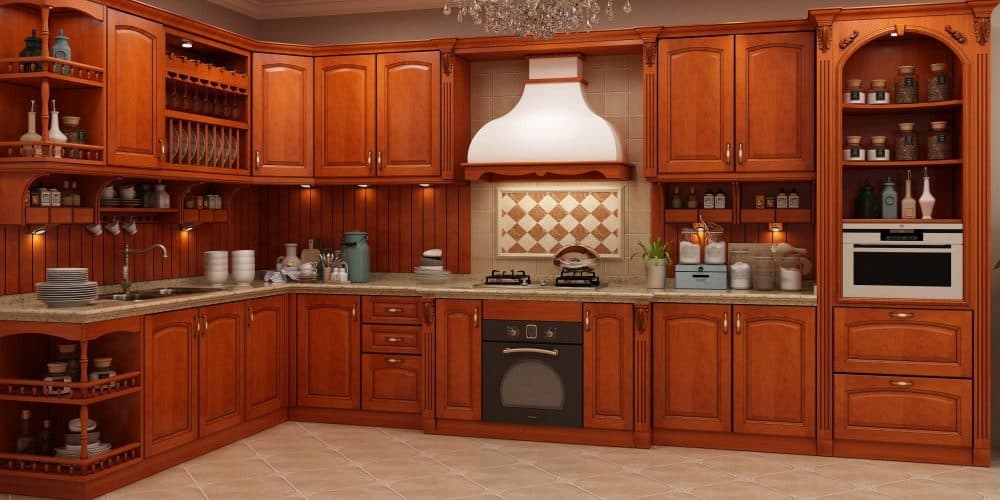With humble roots beginning in 1882, modular furniture has gone through dramatic architectural design changes in a constant and aggressive effort to produce furniture that allows purchasers the ability to remain physically mobile with little effort. Paying close attention to the need for additional office storage space in ever increasingly smaller office areas, Otto Heinrich Louis Wernicke invented a storage shelve system of bare wooden cubes that could be stacked upon each other, creating instant storage space, both adaptable to ceiling to floor height and to office necessity.
The versatile and highly functional cubed bookshelves and storage systems quickly rose in popularity. Consumer aspiration further enhanced the basic cube design and soon, intricate detailed solid wood systems, some including stained glass as panel sides, became available. Eventually, entire libraries were designed using nothing but the solid wood cubing system. After Wernicke’s death, and after the patent on the cubing system ended, the Globe-Wernicke company closed, opening the door for many architectural designers’ enhancements on the basic block design.
In the mid-70’s, the pace, and aspirations of the American consumer began to change. Consumers yearned for furniture that allowed physical mobility so they could move from place to place. They also wanted design adaptability for usable, functional storage space, in a sleek, no-frills design and wanted it packaged as an all-in-one process that was easy to assembly. Fulfilling that need was Washington State University student James Kimbrough.
Using the same idea of the cube system, Kimbrough designed home furnishings (bedroom sets, dining room tables, and speaker cabinets to name a few) that gave consumers what they wanted. Because his designs utilized the tongue and groove system and each piece was alphabetically labeled, assembly of the furniture eliminated the use of nails, bolts, and glue and was easy for consumers to build on their own. Likewise, the furniture pieces were easy to break down, creating small sections that allowed for easy transportation so consumers could physically move while using nothing but the ever-decreasing automobile size.
With the invention of compressed wood and filler material, the modular furniture industry introduced yet another easy-to- assemble and effortless transportation line of home furnishings. Using a plastic bolt tapped in with a rubber mallet to connect the pieces together, this new line touted extreme mobility and cost effective furnishings for summer homes, outdoor functions or for those who could not afford expensive furnishings.
Expanding on the rapid changes, designers began working diligently to produce specific modular furniture that fulfilled consumer demand for a more individualized, sturdier, compartmental storage for clothing. With this need, solid wood modular wardrobes became available in many features and styles.
These stackable components included cubed sections that included one to three draw units, all easy to assemble and highly adaptable to any bedroom dimension. After placing the individual cubes in a sturdy, enclosed environment, doors were attached to provide privacy. Hence, the modular wardrobe was born and consumer ratings were extremely high.
Today, solid wood modular wardrobes are available in a variety of styles and wood types and are often manufactured using oak, pine, or cedar. Prices for a high quality solid wood modular wardrobe strictly depends on the type of wood used to manufacture the wardrobe, the type and number of drawer units added, the quantity and quality of cubed units, the size of each unit, door design (solid wood, hinged, glass, sliding doors), and lastly, artisanship. For the most basic open cubed design, a small, solid wood modular wardrobe can range from $600 to $800.
With added drawer unit space, more individualized and intricate designed cubes, and bigger storage area per unit, higher end door enclosures, a solid wood modular unit can range from $1000 to over $2000. Some high-end manufactures are producing beautiful heirloom quality solid wood wardrobes with the most intricate detailed designs that will surely enhance any bedroom. These exquisite, gorgeous solid wood wardrobes will maintain its beauty and function for many generations to come.
<>



